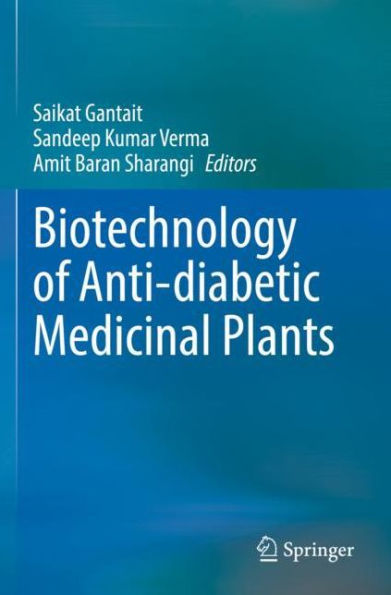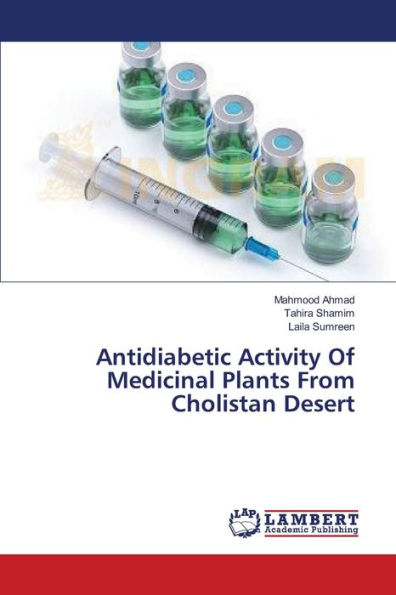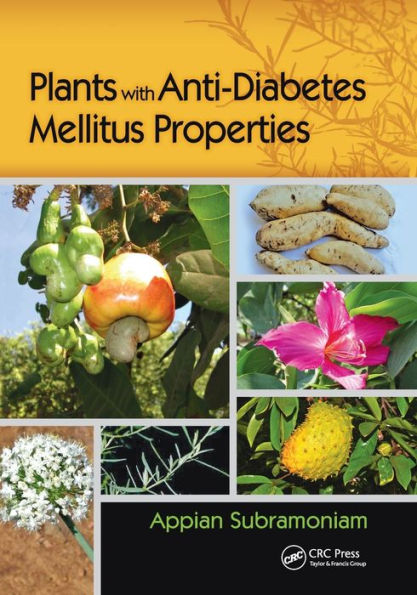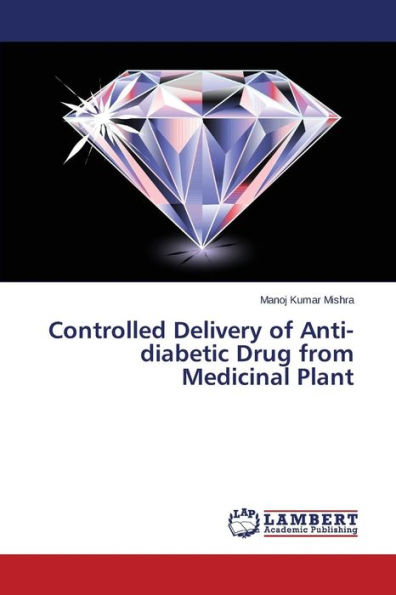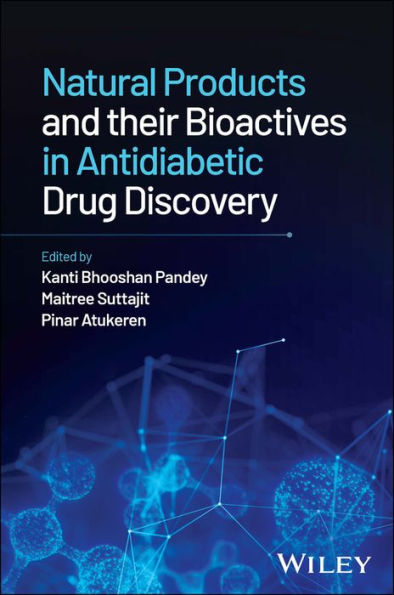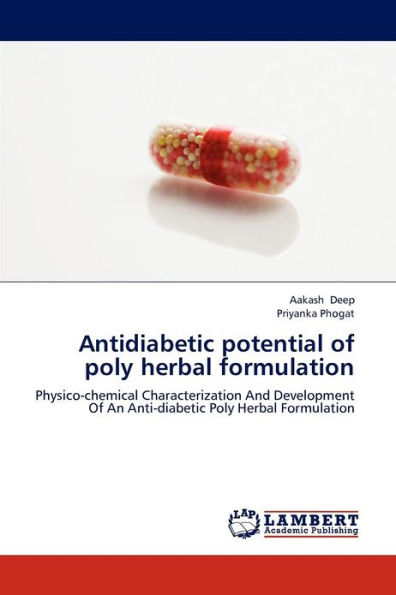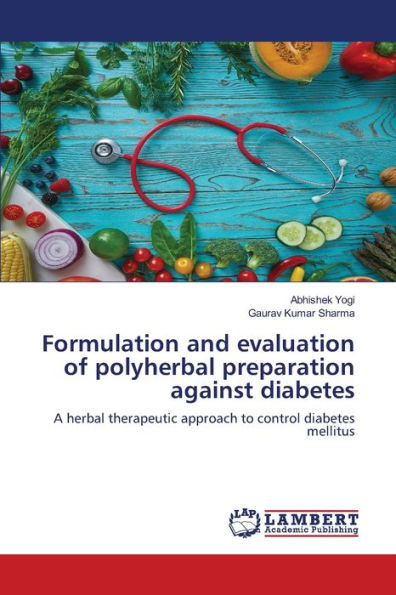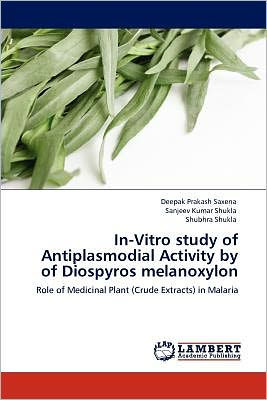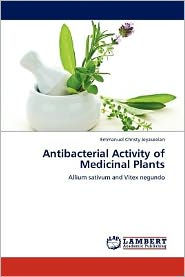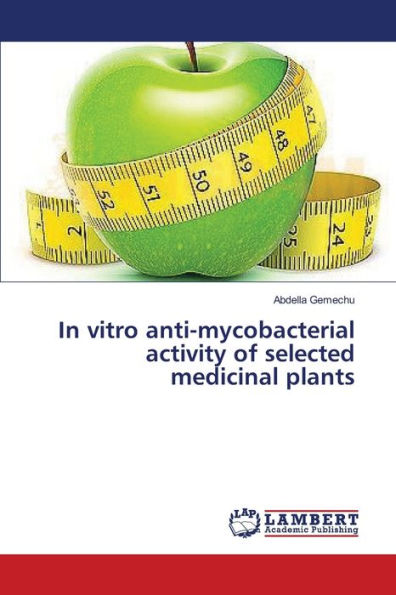Home
Medicinal Plants for Antidiabetic Activity in Laboratory Animals


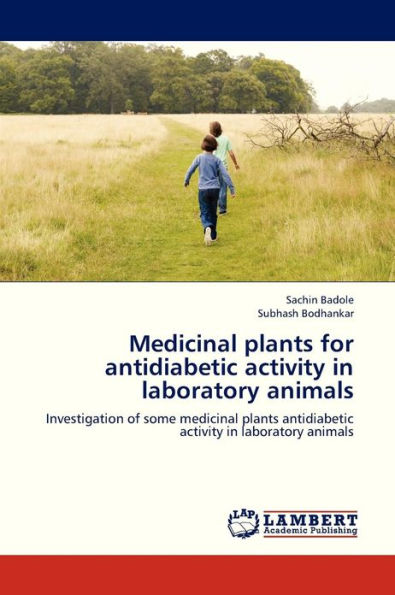
Medicinal Plants for Antidiabetic Activity in Laboratory Animals
Current price: $85.32
Loading Inventory...
Size: OS
Pongamia Pinnata (Stem bark) and Glycine max (fruits) were selected for evaluation of antidiabetic activity. Extracts were prepared by cold maceration method. Maximum antihyperglycaemic activity was observed in petroleum ether extract of Pongamia Pinnata (Called as PPSB-PEE). 11 compounds were isolated by column chromatography. Compound B2 was most promising antihyperglycaemic activity hence further characterized by physical and chemical properties. B2 was pure compounds namely cycloart-23-ene-3β, 25 diol. B2 was further carried out for antidiabetic activity of streptozotocin-nicotinamide induced type 2 diabetic mice. The parameters were evaluated body weight, food and water intake, OGTT, serum and pancreatic insulin, HbA1c, haematology, lipid profile, renal and liver function test. Gomori staining was carried out for identification of pancreatic β cells. In conclusion, PPSB-PEE possessed antihyperglycaemic activity mainly due to B2 (cycloart-23-ene-3β, 25 diol). Probable mechanism of action appears to be due to stimulation of insulin release and antioxidant activity. Aqueous extract of Glycine max showed mild antihyperglycaemic activity.
